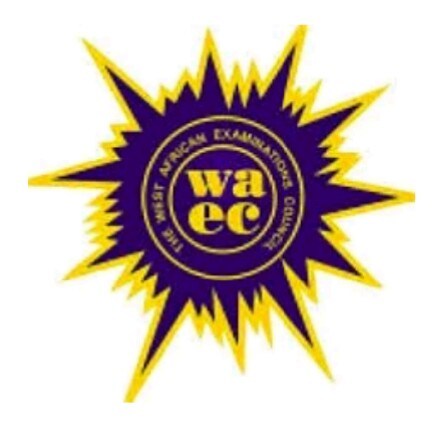Ceramics, a vocational subject at the Senior High School level, offers a wide range of advantages in creating utilitarian and decorative objects that reflect cultural and economic developments in society.
To excel in your upcoming West African Examination Council (WAEC) Ceramics exam, it is crucial to familiarize yourself with the syllabus.
This blog post serves as a comprehensive guide, providing you with the aims and objectives, exam format, and essential topics to study.
Let’s delve into the world of ceramics and equip ourselves for success!m
Aims and Objectives:
The syllabus aims to test your knowledge in various aspects of ceramics.
It includes the history and development of ceramics, material exploration and utilization, healthy studio practices, design and ideation, production processes, interpretation and appreciation of ceramics, and even planning for establishing a small-scale industry.
Exam Format:
The Ceramics exam consists of three papers: Papers 1, 2, and 3. It is mandatory to take all three papers.
Paper 1 is a multiple-choice section, where you must answer forty objective questions in 50 minutes.
Paper 2 contains six essay-type questions, of which you need to choose and answer four within 2 hours.
Paper 3 involves practical projects, where you will execute one project over five days, working six hours each day.
You will receive the question papers two weeks in advance, allowing time for preparation, sketching, and notes.
The total marks for Paper 3 are 100, including the project execution (80 marks) and preparatory work (20 marks).
Exploring the Ceramics Syllabus:
To excel in the Ceramics exam, it is essential to grasp the key concepts and topics outlined in the syllabus. Here are some significant areas to focus on:
Ceramics as a vocation:
- Understanding the definition, history, and career opportunities in ceramics.
- Exploring different types of ceramic products, such as bricks, tiles, vases, bowls, and their utilitarian and decorative uses.
- Recognizing the significance of ceramics in various cultures.
-
Indigenous pottery and contemporary ceramic artists:
- Studying indigenous pottery examples like Ntonso and Pankrono pottery.
- Familiarizing yourself with notable Ghanaian contemporary ceramic artists.
-
Raw materials:
- Defining clay and its formation, including primary and secondary clay types.
- Learning about prospecting and tests for clays, plasticity, shrinkage, and firing temperature.
- Understanding the preparation of clay and various clay bodies
-
Tools and equipment:
- Identifying different tools used in ceramics, their purposes, and maintenance.
- Exploring various equipment such as kilns, potters’ wheels, crushers, filter presses, etc.
- Understanding the design and construction of ceramic tools and equipment.
-
Forming techniques:
- Developing skills in drawing, designing, and idea development.
- Exploring hand-building techniques like pinching, coiling, slabbing, and wheel work.
- Understanding casting, pressing, and extrusion methods.
-
Decoration and finishing:
- Mastering various decorative processes like stamping, inlaying, glazing, painting, etc.
- Learning about drying and firing techniques, including open firing and kiln firing.
- Understanding glazing preparation, application, firing, and potential defects.m
-
Small-scale ceramic industry:
- Exploring the establishment of a small-scale ceramic industry, including site selection, financing, branding, and registration.
- Gaining entrepreneurial skills in managing a ceramic enterprise, costing, pricing, packaging, and marketing ceramic objects.
- Understanding the importance of exhibitions, planning, and organizing them effectively.
-
Museum and galleries:
- Defining the concept of a museum, its history, and development.
- Understanding the functions and socio-economic importance of museums.
- Exploring examples of museums and their activities.
Conclusion
By immersing yourself in the WAEC Ceramics syllabus and diligently studying the recommended textbooks, you will gain a solid foundation in ceramics and be well-prepared for your exam.
Remember to allocate time for both theoretical understanding and practical execution.
By doing so, you will enhance your knowledge of ceramics, develop creative skills, and gain insights into the cultural and economic significance of this art form.
Bmest of luck in your exam preparationmm, and may you excel in your Ceramics journey!






